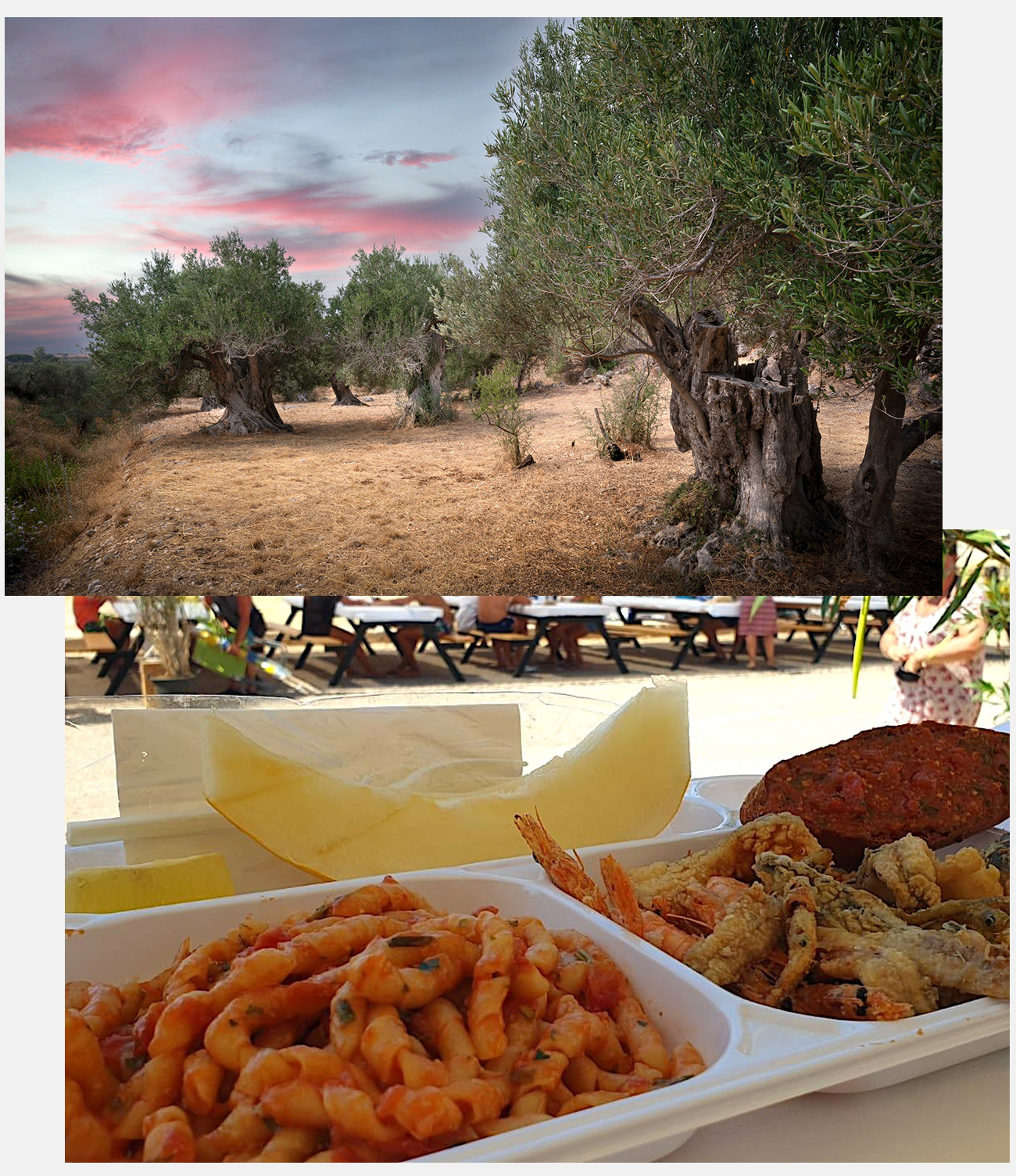
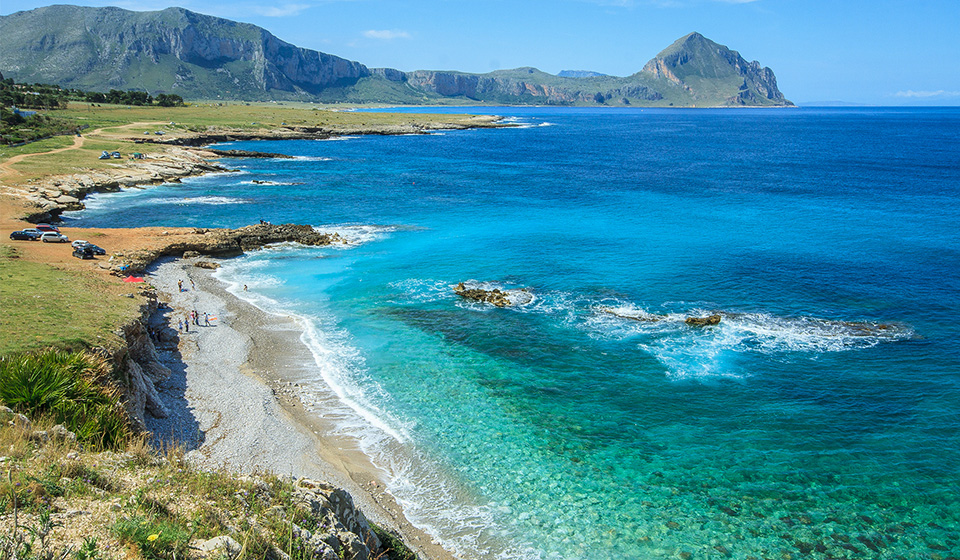
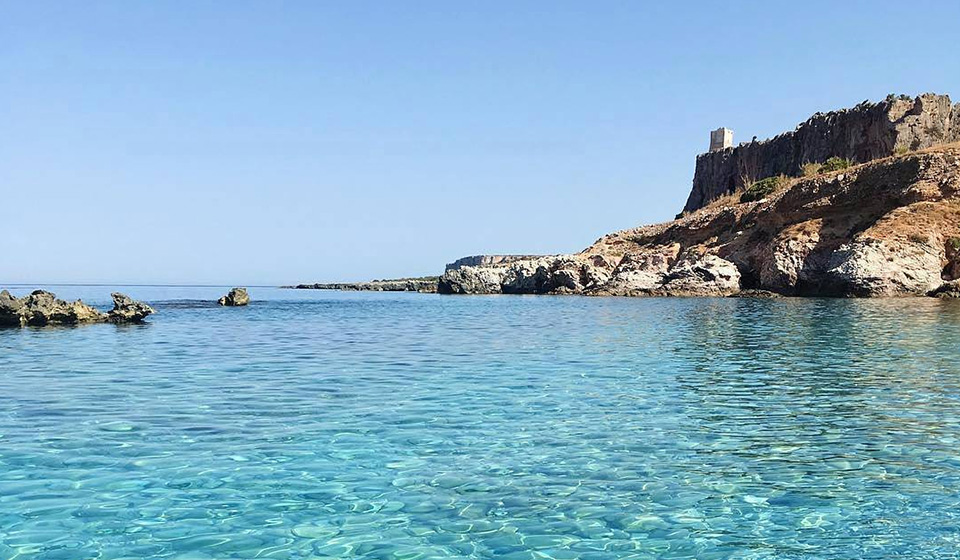
Between sea and sky
One reaches Macari by crossing what is the 'gateway' to San Vito, namely Castelluzzo, where, around the main street on which the receptive and commercial activities open, the rural area is cultivated essentially with olive groves, characteristic of the entire Erice countryside. Here, amidst relatively recent plantings, magnificent centuries-old trees produce olives from which an extra virgin olive oil is made that owes its peculiar organoleptic characteristics not only to the minerality of the soil, but also to the wind that, from the sea, carries the salty air to enrich its taste and beneficial properties.
It is this fine oil that seasons the dishes offered by local inns, restaurants and pizzerias, and to which, in August, the event 'Bagli, olio e mare' is dedicated, where it is possible to taste typical dishes enhanced by what is the 'prince' of condiments.
From Castelluzzo, one continues on a long coastal straight stretch to San Vito Lo Capo, passing through Macari. Here, on the sea, pebbly coves, cliffs and sandy beaches follow one another, such as the one called 'Baia Santa Margherita' - formerly 'A rina 'i Màkari' (The sand of Màkari, in Sicilian dialect) -, followed by the splendid Bue Marino cove, to continue with high cliffs on one of which, virtually closing the gulf of Macari, towers the ancient Isuliddra watchtower.
Tra mare e cielo
A Macari si giunge attraversando quella che è la “porta” di San Vito, ovvero Castelluzzo, dove, intorno alla via principale sulla quale si aprono le attività ricettive e commerciali, il territorio rurale è coltivato essenzialmente ad uliveti, caratteristici di tutto l’agro ericino. Qui, tra piante relativamente recenti, magnifici alberi secolari producono olive dalle quali si ricava un olio extra vergine che deve le proprie peculiari caratteristiche organolettiche, oltre che alla mineralità del terreno, al vento che, dal mare, porta l’aria salmastra ad arricchirne il gusto e le benefiche proprietà.
È quest’olio pregiato che condisce le pietanze proposte da locande, ristoranti e pizzerie del luogo, e a cui, in agosto, è dedicata la manifestazione “Bagli, olio e mare” dove è possibile gustare piatti tipici esaltati da quello che è il “principe” dei condimenti.

Da Castelluzzo, si continua su un lungo rettilineo costiero che porta a San Vito Lo Capo, passando da Macari. Qui si susseguono, sul mare, cale di ciottoli, scogliere e spiagge sabbiose come quella denominata “Baia Santa Margherita” – anticamente “A rina ‘i Màkari” (La sabbia di Màkari, in siciliano) –, seguita dalla splendida caletta del Bue Marino, per proseguire con alte falesie su una delle quali, a chiudere virtualmente il golfo di Macari, troneggia l’antica torre d’avvistamento dell’Isuliddra.




It is no coincidence that Macari is part of the CAI routes, being a transit point between two Nature Reserves, that of Monte Cofano and that of the Zingaro. In fact, if you walk the entire length of the climb called via dell'Acqua - so called because it leads to a spring that still supplies the area - and continue beyond the asphalted road, you will reach Passo del Lupo, a marvellous panoramic point under which the natural spectacle of the Zingaro opens up. Once again, we speak of Paradise, since this is the San Vito territory, also for lovers of trekking and climbing.
Continuing along the coastal road, leaving the Isulidda tower behind, and still on the sea side, you will come across the small chapel of St. Crescentia, dedicated to the nurse of the patron saint, young Vitus, who landed on the coast of Egitarso - this is the ancient name of Cape St. Vitus - together with his wife and his tutor, Modestus. The three, fleeing by sea to escape the persecution ordered by Emperor Diocletian against the Christians, found themselves here because of a storm and found shelter in the village of Conturrana, which stood under a rock not far from the coast. Legend has it that the three saints attempted to convert the locals to Christianity and that their refusal to adhere to the new faith provoked divine punishment that materialised in a landslide that buried Conturrana, stopping exactly at the spot where the shrine of St. Crescentia was later built. However, the latter, again according to the story, transgressed God's order not to turn around to see the divine punishment and, out of fright, turned to stone: from this event, the popular belief was born that to overcome fear it is necessary to throw stones into the chapel.
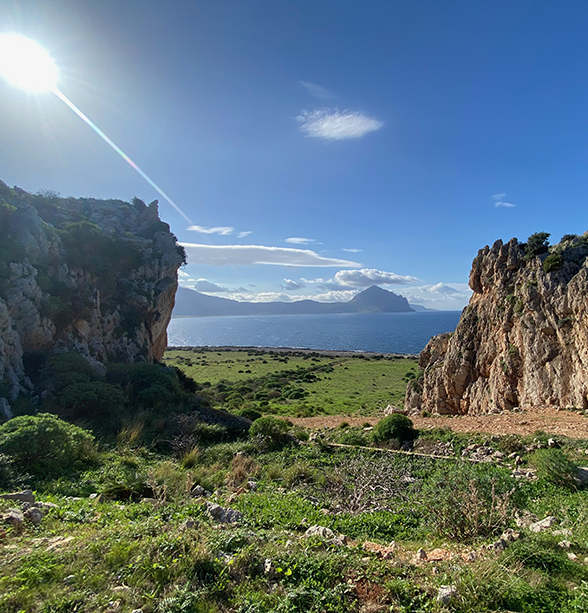
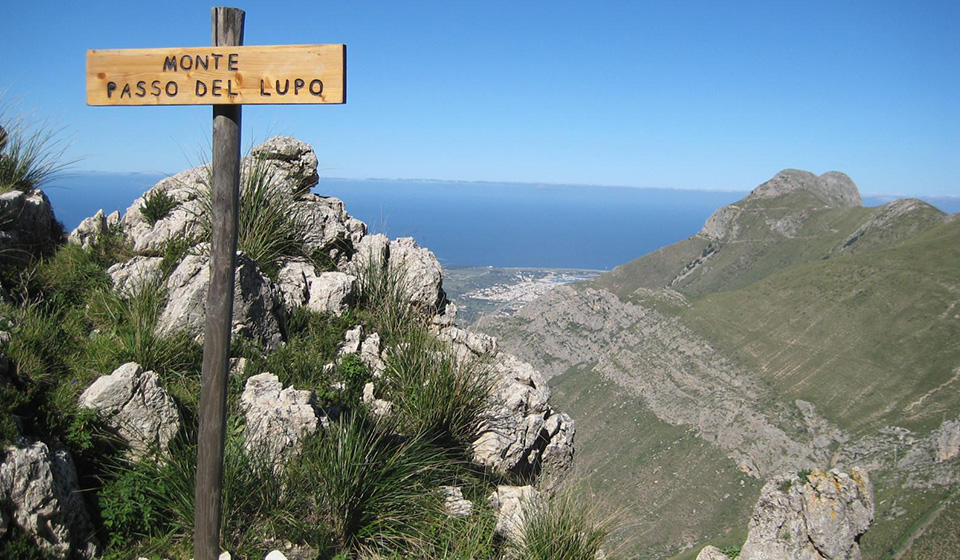
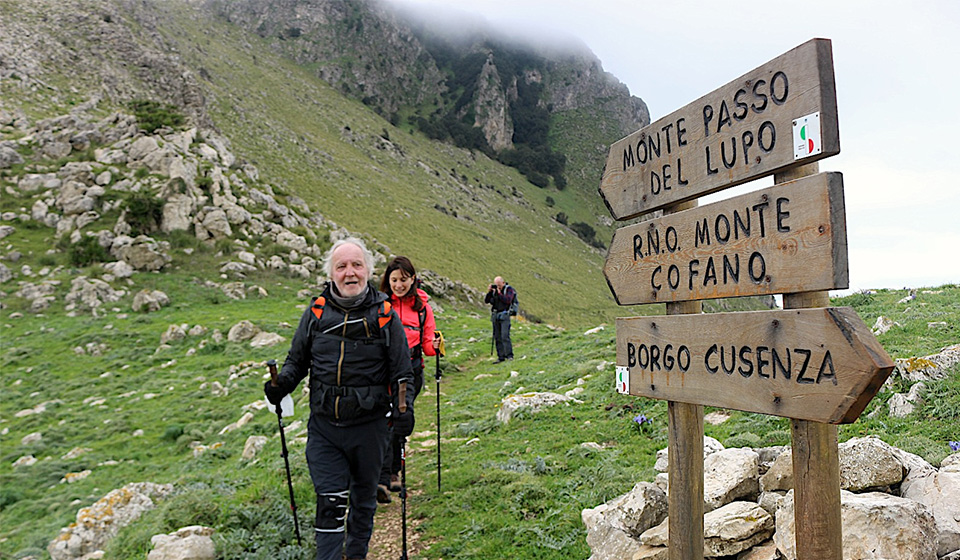
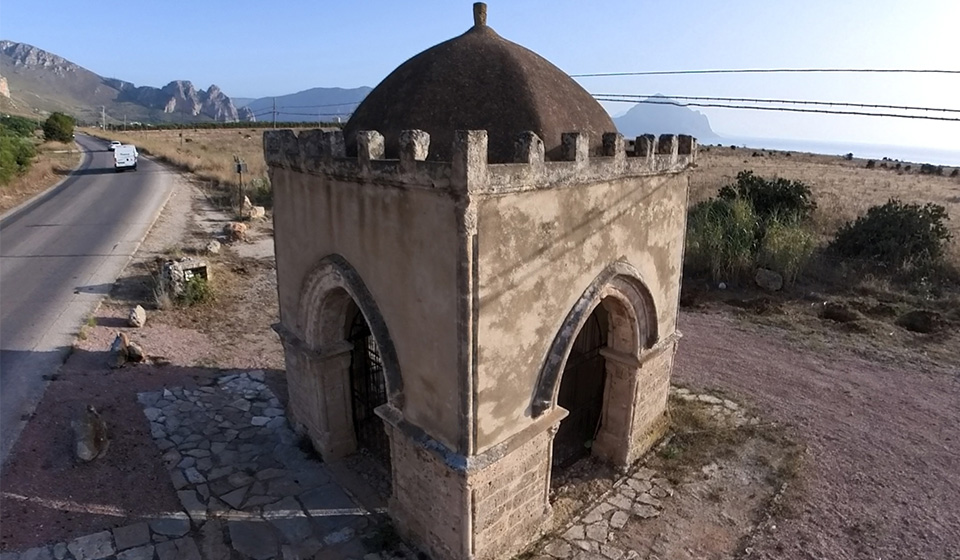
Non a caso, Macari rientra nei percorsi CAI, essendo transito tra due Riserve Naturali, quella del Monte Cofano e quella dello Zingaro: infatti, percorrendo interamente la salita denominata via dell’Acqua – così chiamata poiché porta ad una sorgente che tuttora approvvigiona il territorio – e continuando oltre la strada asfaltata, si giunge al Passo del Lupo, meraviglioso punto panoramico sotto il quale si apre lo spettacolo naturale dello Zingaro. Ancora una volta, parliamo di Paradiso, giacché questo è il territorio sanvitese, anche per gli amanti del trekking e del climbing.

Proseguendo sulla strada litoranea, lasciandosi alle spalle la torre Isulidda, sempre dal lato del mare si incontra la cappelletta di Santa Crescenzia, dedicata alla balia del Santo Patrono, il giovane Vito, approdato sulla costa di Egitarso – questo l’antico nome di Capo San Vito – insieme alla donna e all’istitutore, Modesto. I tre, in fuga via mare per sfuggire alla persecuzione voluta dall’imperatore Diocleziano contro i cristiani, si ritrovarono qui a causa di una tempesta e trovarono riparo nel villaggio di Conturrana che sorgeva sotto una rocca, a poca distanza dalla costa. La leggenda racconta che i tre santi tentarono di convertire gli abitanti del luogo al cristianesimo e che il loro rifiuto di aderire alla nuova fede provocò la punizione divina che si materializzò in una frana che seppellì Conturrana, fermandosi esattamente nel punto in cui venne poi edificata l’edicola di Santa Crescenzia. Tuttavia quest’ultima, sempre secondo il racconto, trasgredì all’ordine di Dio di non voltarsi a vedere la punizione divina e, per lo spavento, divenne di pietra: da tale avvenimento, nacque la credenza popolare che per superare la paura occorra gettare pietre dentro la cappelletta.






